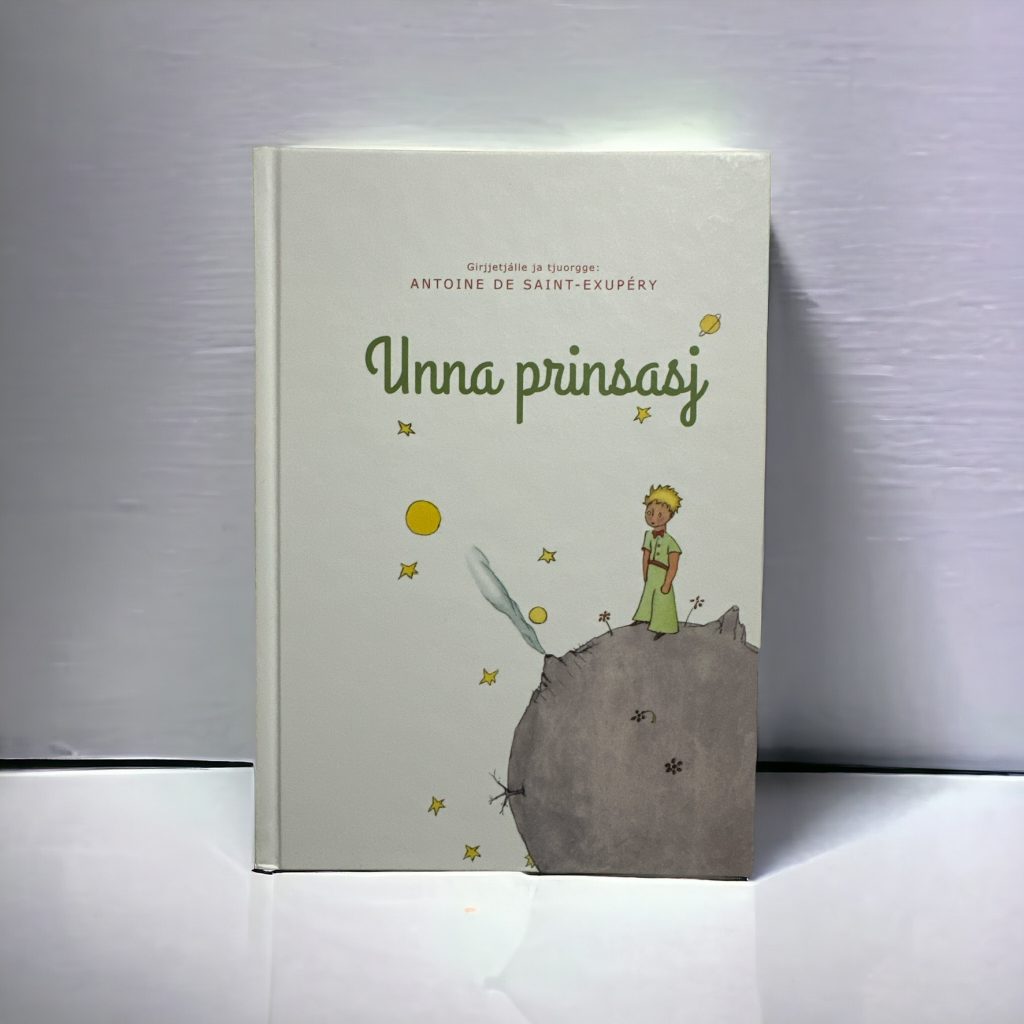
Unna Prinsasj — in Lulé Sami.
Lule Sámi (Julevsámegiella in Lule Sámi, Lulesamisk in Norwegian, and Lulesamiska in Swedish) is a Uralic Sámi language primarily spoken around the Lule River in Sweden and in parts of Nordland county in Norway, particularly in the Hamarøy municipality. This language is part of the Western Sámi group and is the second-largest Sámi language in terms of the number of speakers.
Lule Sámi’s historical roots can be traced to the area around the Lule River in Sweden. In the 18th century, some Sámi migrated to Nordland in Norway, where their descendants continue to live and speak the language. The first book written in Lule Sámi was published in 1839 by Lars Levi Læstadius.
Comparatively, the Sámi languages as a whole form a branch of the Uralic language family. They are often considered to be most closely related to the Finnic languages. The Sámi languages are divided into western and eastern groups, each further divided into various subgroups and ultimately individual languages. The Sámi languages form a dialect continuum, with neighboring languages often being mutually intelligible to a fair degree, but more widely separated groups may not understand each other’s speech.
The comparison of Lule Sámi with other Sámi languages reveals several key distinctions. For instance, Northern Sámi, the most widely spoken Sámi language, is part of the same Western Sámi group as Lule Sámi, yet it has a much larger number of speakers. Southern Sámi, another Western Sámi language, has fewer speakers than Lule Sámi. Eastern Sámi languages, like Inari Sámi and Skolt Sámi, differ significantly from Lule Sámi and other Western Sámi languages, both in terms of phonology and vocabulary.


